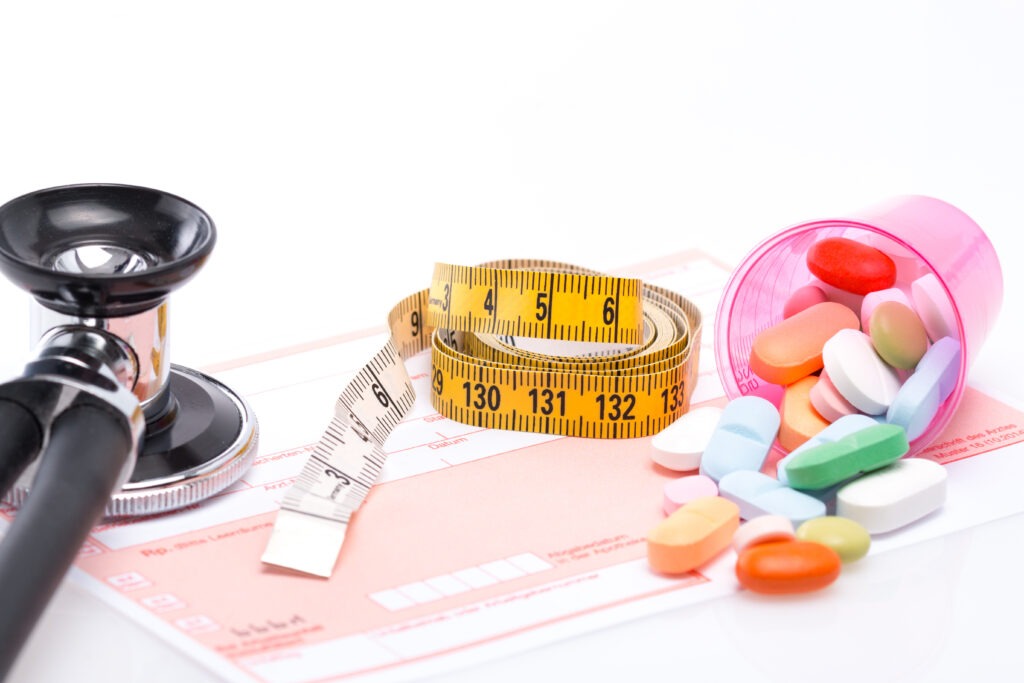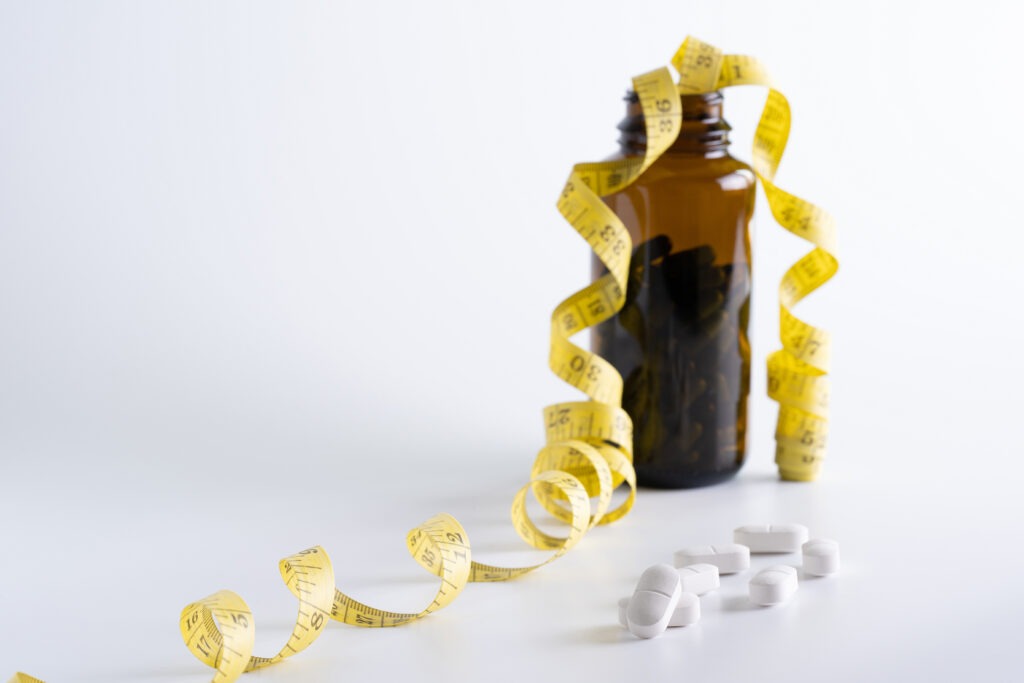Discover how compound pharmacies maintain rigorous quality control standards when preparing semaglutide medications, ensuring safety.
As the demand for weight loss medications continues to surge, many patients are turning to compound pharmacy semaglutide as an alternative during ongoing medication shortages.
But have you ever wondered what happens behind the scenes to ensure these custom-prepared medications meet the highest safety standards?
The Foundation of Quality Control
Every compound pharmacy operates like a precisely choreographed symphony, where each step must harmonize perfectly with established protocols. Let’s break down the essential components:
1. Raw Material Verification
Critical first steps in the quality control process include:
- Authentication of bulk semaglutide powder sources
- Certificate of Analysis (CoA) verification
- Visual inspection of incoming materials
- Quarantine procedures for untested substances
Think of it as detective work – nothing enters the compounding area without thorough vetting. Every ingredient must present its “credentials” before joining the preparation process.
2. Environmental Controls
The compounding environment rivals the cleanliness of an operating room. Here’s why:
| Control Measure | Purpose | Frequency of Monitoring |
| HEPA filtration | Removes airborne particles | Continuous |
| Temperature monitoring | Maintains stability | Every 4 hours |
| Humidity control | Prevents degradation | Daily |
| Surface sanitization | Eliminates contamination | Before/after each batch |
Advanced Testing Protocols
Quality assurance doesn’t stop at the preparation stage. Modern compound pharmacies employ sophisticated testing methods that would make a forensic lab jealous.
Potency Testing
Did you know that properly compounded semaglutide undergoes multiple stages of testing? Here’s the breakdown:
- Initial concentration verification
- Stability assessment throughout the beyond-use date
- Sterility testing for injectable preparations
- Endotoxin analysis for patient safety
But here’s the kicker – these tests aren’t just one-and-done. They’re performed at various stages throughout the medication’s life cycle.
Documentation and Traceability
Ever wondered how pharmacies keep track of everything? Digital systems now handle:
- Lot number assignments
- Expiration date tracking
- Temperature logs
- Compounding records
- Quality control test results
Think of it as a medication’s digital fingerprint – every step is documented and traceable.
Personnel Training and Certification
Here’s something most people don’t realize: the human element is just as crucial as the technical aspects. Compound pharmacies maintain strict standards for their staff through:
- Regular competency assessments
- Continuing education requirements
- Specialized certification programs
- Annual technique evaluations
Expert compounding pharmacists must demonstrate mastery of:
- Aseptic technique
- Calculations and measurements
- Equipment operation
- Quality control procedures
- Emergency protocols

Regulatory Compliance and Beyond
Let’s get real – regulations aren’t just bureaucratic red tape. They’re the guardians of patient safety. Modern compound pharmacies must navigate:
- USP <797> guidelines for sterile compounding
- State board of pharmacy requirements
- FDA regulations
- DEA oversight
- Third-party accreditation standards
Risk Management Strategies
Smart pharmacies don’t just meet standards – they exceed them. Here’s how:
- Continuous Monitoring
- Real-time environmental tracking
- Regular equipment calibration
- Batch testing protocols
- Quality Assurance Programs
- Standard Operating Procedures (SOPs)
- Regular internal audits
- External quality assessments
- Emergency Preparedness
- Recall procedures
- Disaster recovery plans
- Backend systems redundancy
Technology Integration
Welcome to the digital age of compounding! Modern quality control leverages:
- Automated compounding devices
- Electronic documentation systems
- Real-time monitoring equipment
- Barcode tracking systems
But remember – technology is only as good as the professionals operating it.
Patient Safety Measures
At the end of the day, it all comes down to patient safety. Quality control measures include:
- Allergenic screening protocols
- Patient-specific formulation adjustments
- Comprehensive labeling requirements
- Detailed patient counseling
Beyond-Use Dating
Here’s a fascinating detail – determining medication stability isn’t guesswork. It involves:
- Stability studies
- Environmental factor analysis
- Container compatibility testing
- Regular quality checks
The Future of Quality Control
What’s next for compound pharmacy quality control? Keep an eye on:
- Artificial Intelligence integration
- Real-time remote monitoring
- Advanced analytics
- Blockchain tracking systems
Conclusion
Quality control in compound pharmacies isn’t just about following rules – it’s about creating a culture of excellence where patient safety comes first. From the moment raw materials arrive until the finished medication reaches the patient, multiple layers of protection ensure every dose of semaglutide meets the highest standards.
Remember: when it comes to compounded medications, quality isn’t expensive – it’s priceless. The next time you receive a compounded prescription, you’ll know just how much care and precision went into preparing it.


